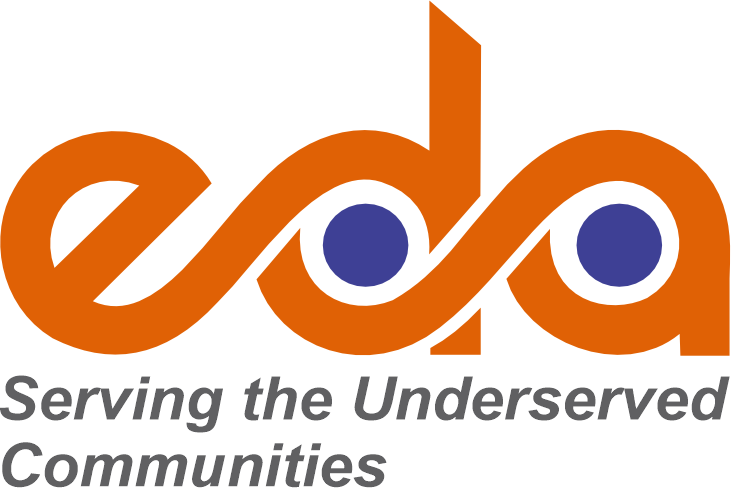
Closing the wealth gap in Minnesota and USA
The need to reduce the wealth gap between the White and the BIPOC in Minnesota and USA in general
Comparing the economic status of people of color with Minnesota’s white residents reveals many disparities including in educational attainment, labor force participation, unemployment, and income and poverty levels:
Educational limitations
The state of Minnesota has one of the nation's worst education achievement gaps between blacks and whites. In 2019, it ranked 50th when it comes to racial disparities in high school graduation rates. People of color exhibited lower educational attainment than their white counterparts, with a much higher share of people with less than a high school diploma. The median black family in the Twin Cities area earns $38,178 a year which is less than half of the median white family income of $84,459 a year. This income inequality gap is one of the largest in the nation. The state of Minnesota as a whole has the second biggest income inequality gap between blacks and whites in the entire nation; only the District of Columbia is worse.
Rising wage inequality and the increasing value of investment income
High unemployment, economic globalization, a shrinking manufacturing sector, declining unionization, and the decreasing value of the minimum wage. All of these factors suppressed wages at the bottom of the income ladder. Policy choices can narrow the gap in the experience of the past 30 years demonstrating that economic growth alone does not reduce income inequality. States can take action to decrease income inequality or alleviate some of its devastating impacts.
Improving job quality for BIPOC
- Increasing the state minimum wage and focusing on job quality in economic development, tax policies that ensure that all Minnesotans pay their fair share. Policies that support low-wage workers, including child care assistance, health care, and access to higher education and skills training.
- Increasing Minnesota’s minimum wage and then indexing it for inflation can go a long way toward ensuring that those who work hard can support themselves and their families, and narrow the income gap. Minnesota’s tax system also contributes to income inequality, since low- and middle-income households pay a higher share of their incomes in state and local taxes than the highest-income households. A Minnesota household making over $429,354 pays 9.7 percent of its income in state and local taxes, while a middle-income household making $53,315 to $68,696 pays 12.1 percent. Minnesota’s growing reliance on local property taxes is one contributor to this problem.
- Reforming the tax system so the responsibility for funding public services is shared more fairly will ensure that the state doesn’t make income inequality even worse. Finally, the state can do more to support low-wage workers and thereby alleviate the effects of growing income inequality.
- Supports for low-wage workers include a strong unemployment insurance system that replaces lost income during times of unemployment, access to affordable education and job training, and affordable early childhood education that allows parents to work and prepares their children for success in school. The federal Affordable Care Act makes it possible to increase access to affordable, quality health care. The state should take the opportunity to provide health coverage to more Minnesotans through Medicaid and to receive federal funding to continue affordable, comprehensive health insurance through MinnesotaCare for Minnesota’s working families.
